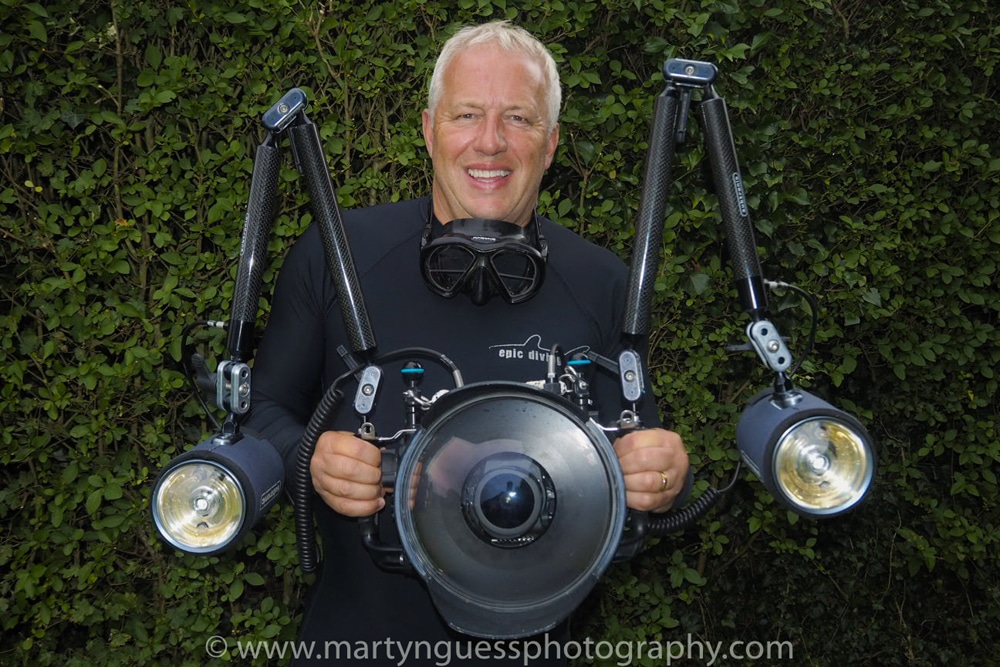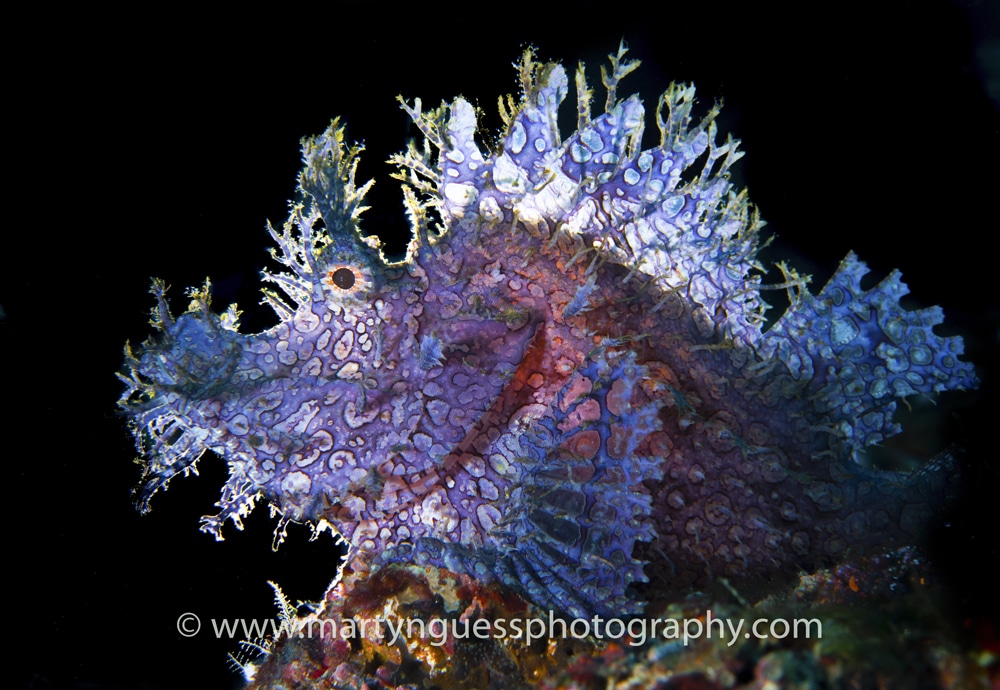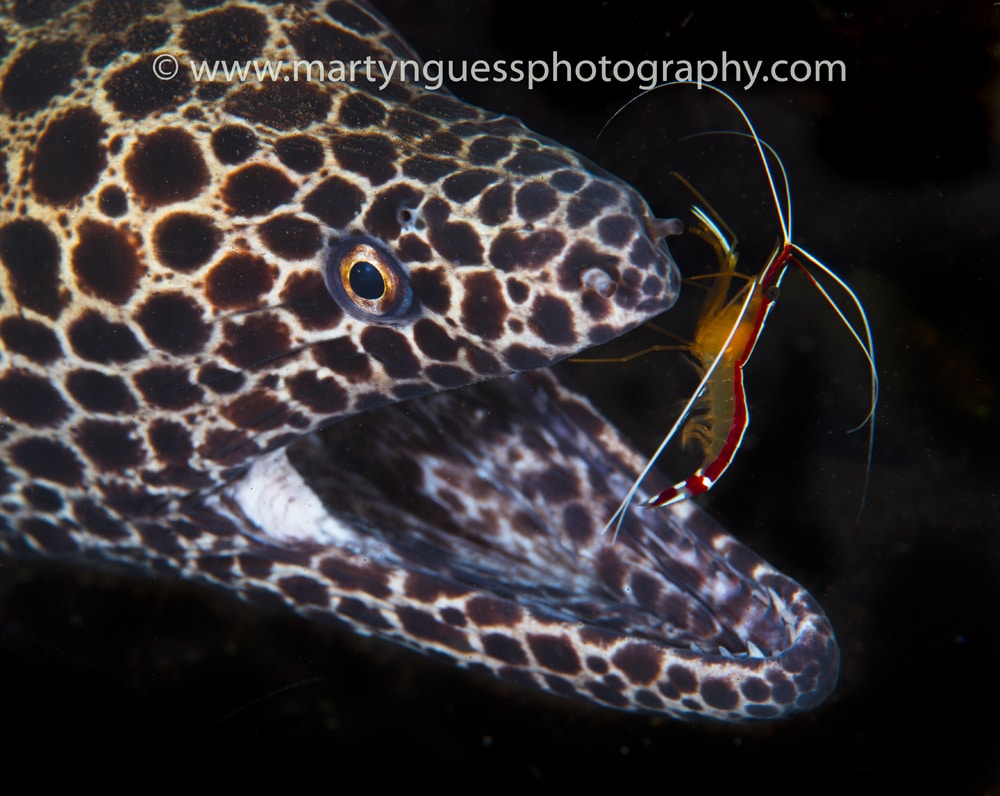News
Scubaverse Underwater Photographer Interview: Martyn Guess
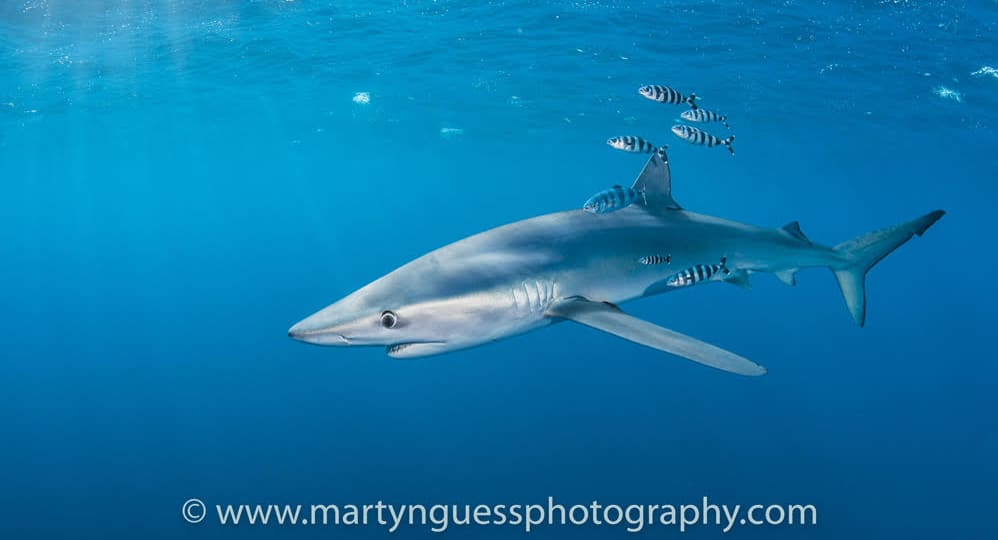
In an ongoing series, Scubaverse’s Underwater Photography Editors Nick and Caroline Robertson-Brown talk to underwater photographers from around the world that they admire. In this blog: Martyn Guess…
My diving career started in the late 1970’s when a family friend took me underwater in southern Spain. An interesting experience given that he managed to knock my mask off with his fins on the first dive! I was amazed by the colours and fish life and very keen to pursue the sport, although it wasn’t until quite a few years later that I went through the formal training process, together with my eldest son, and we both qualified on his 12th Birthday at Stoney Cove in the UK.
Since then, and over the last 22 years, I have dived all over the world and visited some amazing places and seen some wonderful things.
I have travelled extensively through Indonesia and the Philippines and have managed to build up an extensive portfolio of weird and wonderful creatures which I primarily post on Instagram.
I have had a fair amount of success with national and international competitions and I am now passing on some of my knowledge as I teach underwater photography, primarily by running photographic workshops with Scuba Travel, but I also do some one to one courses in the UK. We are going to the Azores in September with a group following a research trip there last summer and also Anilao, Philippines in May and Bali in October. I am keen to take photographers to the best places and some new destinations. I have recently become Chairman of Photosub – the Surrey based group of underwater photographers started by the late Len Deely; we have some very talented people in the club.
N&C: How did your underwater photography start?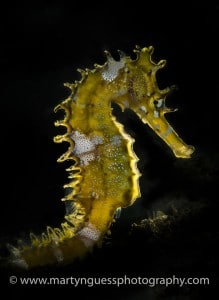
MG: A couple of years after I qualified in 1995 I went on holiday to Grand Cayman and found myself diving with Cathy Church, who with her husband Jim wrote the definitive book on the Nikonas V film camera for underwater use. I had been a keen land photographer since college days and was fascinated by some of the images in her shop, so it only took a day or two before I signed up for a course with her. I have to say I was immediately smitten and on the slippery slope!
When I got back home I went to see Alan James in Bristol and bought the same camera. For those that don’t know the Nikonas it was a great little camera but focus was achieved by guesswork and setting the F stop to an open aperture giving you infinity, or little prongs that stuck out from the lens for macro and close up use when a smaller aperture was selected. The idea being to get the subject between the prongs – no mean feat! You were also limited to 36 exposures with no real idea of how the images would look until the film had been processed. However, despite all of this I was hooked and used the Nikonas for quite a few years until digital cameras started to come onto the market.
N&C: What is your favourite u/w camera equipment (past & present) & why?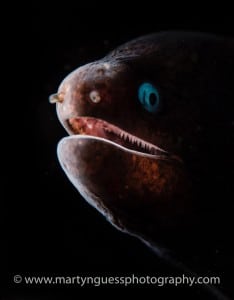
MG: I currently use a Nikon D5 which is a truly amazing camera. One of my favourite tools to use with the camera is the Retra LED Snoot which only allows a small amount of light from the strobe to hit the subject. You can isolate subjects from the background and where the subject is on a mucky bottom or distracting background this can be really useful in creating images that leap off the page. They are easier to use than people think and I teach the techniques on my workshops. It is always rewarding to see people reap the benefits of this type of lighting.
The Retra is so much better and easier to use than the old snoots that I had to make from plumbing parts, as the strobe modelling light shines through the snoot and is magnified so that it can be easily aimed. When I first started snoot lighting most of my images were totally black as it was pure guesswork where the light would land and often I had to nab my wife Sue to hold the bits of pipes over the subject!
N&C: What would be your advice to anyone new to underwater photography?
MG: I recommend going on a one to one course with an expert if you can afford it. This will cut out a lot of wasted time trying to work it out on your own. There is a lot to take on board such as equipment choice, lighting, angle of view, getting in the best position, camera settings etc and a course will put you on the right path. It’s exactly what I did years ago and my photography came on leaps and bounds as a result.
Get to know your camera and other equipment. Try and understand the settings and what they do. If this becomes second nature on land it will be so much easier underwater. Many people come to underwater photography without any knowledge of what the various camera settings really do and how they work together. Any good course will normally start with making sure that there is a good understanding of the basics of using the various settings together to achieve a good result.
Read the books written by the experts such as Alex Mustard or Martin Edge. Take your time and make sure you understand what you are reading. These guys take great images and in their books, they tell how they do it! Join a regional underwater photography club and BSOUP. There is a fountain of knowledge out there and in my experience members are very happy to help and offer advice to people starting out. All have regular meetings where there are useful presentations and the opportunity to enter competitions so that you can gauge how you are doing.
Consider going on a specific photography dive trip. There are quite a few of us leading these trips now. You will learn so much in the field and with help on hand above and under the water. I get students who can’t believe how much they learn in a week or two. They come home with portfolios of images that they never thought they would achieve.
Make sure that your diving skills are up to scratch. You are a diver first and a photographer second! Excellent buoyancy is a prerequisite if you are going to manoeuvre yourself into a good position to take a photograph without crashing into the reef or the bottom.
Above all else don’t get disheartened. Practice, Practice and Practice and the results will start to get better.
N&C: What, or who, has been your single biggest inspiration for your underwater photography?
MG: I would say without a doubt my friends Martin Edge and Alex Mustard. I have been on so many trips with both of them that sooner or later something had to rub off on me! I would look at their images and then determine that I was going to somehow take them myself. Nowadays, their inspiration and the many excellent photographers there are around the world drives me to try new techniques and to constantly perfect my image making.
N&C: What image are you most proud of and why?
MG: There is no specific image but I am proud of my recent back lit and snooted macro subjects such as Thorny Sea horses and Weedy Rhinopias. They are tough to light but the results can be spectacular. Also I have been into shark photography for the last couple of years and am very pleased with some dusk shots with Great Hammerheads and also open ocean Blue Sharks in the Azores. Sharks are amazing but you have to put yourself in the right position at the right time to get good images and be prepared to get very close!
N&C: Where is your favourite dive location, and is it for the photography?
MG: I would have to say Raja Ampat and definitely for photography. This is primarily due to the health of the corals and sea life. There is such a huge amount to photograph and if you are there when the bait fish shoals are around, the sight of them and all of the predators circling combined with the coral and the colours is simply breathtaking.
N&C: What are you views on marine life manipulation, moving subjects?
MG: Quite simply – dive and look, but don’t touch or harass anything! I teach on my workshops that if a subject is in the wrong place or facing the wrong way then move on. There will be another better opportunity as the dive progresses. From my experience people get blinkered by the guide spotting something maybe quite rare and in their eagerness to get a shot of this rare critter they snap away and don’t really think whether it is in a good position or whether the image they create will be a keeper. When they review their images in camera, and realise that perhaps the subject is not in a good position, some people can perhaps be tempted to try and get a better image by moving the critter. Maybe they have seen, as we all have, a guide (who is only seeking to please his client) move a subject and think this is quite acceptable behaviour. It might have been more prevalent in the past but is definitely a no-go area now. Sea life and the marine environment is so fragile that we all have to do what we can to help protect it and ensure that there is something left for future generations.
N&C: What do you look for when you are making your images?
MG: I am always trying to create an image which is not simply a record shot of the subject and often a different perspective, be it lighting, camera blur, lens bokeh or angle of view. There are so many great photographers out there that I am always striving to not only come up with something different but to perfect the shot as best I can. I am a stickler for the detail and getting the composition, lighting and focus right. I go through phases with a specific technique and will hammer this until I get what I want. The subject doesn’t need to be something exotic, it can be a common subject but maybe photographed in a different way, so I concentrate on looking for something which is in a good position and which will enable me to do what I want to do creatively.
N&C: What motivates you to take u/w photos?
MG: It’s my ability to record the underwater world that drives me. I am fascinated by the fact that new species are being discovered in the World’s oceans every year. I remember seeing a coffee table book years ago with a pygmy seahorse on the cover. I had never seen one and didn’t even know they existed. Without that photograph, I wouldn’t have been driven to find out where it was taken and to go there myself and then to be able to show other people what fascinating creatures live under the surface.
N&C: If you could photograph any one thing/place what or where would that be?
MG: I have quite a few things on my bucket list. Top of this is any of the great Whales. One day I hope to get to somewhere I can do that. I also want to photograph Great Whites!
To find out more about Martyn’s underwater photography trips with Scuba Travel click here.
Marine Life & Conservation
Double Bubble for Basking Sharks

 The Shark Trust is excited to announce that, for two more days only, all donations, large or small, will be doubled in the Big Give Green Match Fund!
The Shark Trust is excited to announce that, for two more days only, all donations, large or small, will be doubled in the Big Give Green Match Fund!
Donate to Basking in Nature: Sighting Giants
The Shark Trust is hoping to raise £10k which will be doubled to £20k. This will go towards Basking in Nature: Sighting Giants. And they need YOUR help to reach they’re goal.
The Shark Trust’s citizen science project is to monitor and assess basking sharks through sightings; encouraging data collection, community engagement, and promoting nature accessibility. This initiative aims to enhance health and wellbeing by fostering a deeper connection with British Sharks.
Campaign Aims
- Increase citizen science reporting of Basking Sharks and other shark sightings to help inform shark and ray conservation.
- Provide educational talks about the diverse range of sharks and rays in British waters and accessible identification guides!
- Create engaging and fun information panels on how to ID the amazing sharks and rays we have on our doorstep! These can be used on coastal paths around the Southwest. With activities and information on how you can make a difference for sharks and rays!
- Promote mental wellbeing through increasing time in nature and discovering the wonders beneath the waves!
Donate, and double your impact. Click Here
Blogs
Northern Red Sea Reefs and Wrecks Trip Report, Part 1: Welcome to Adventure
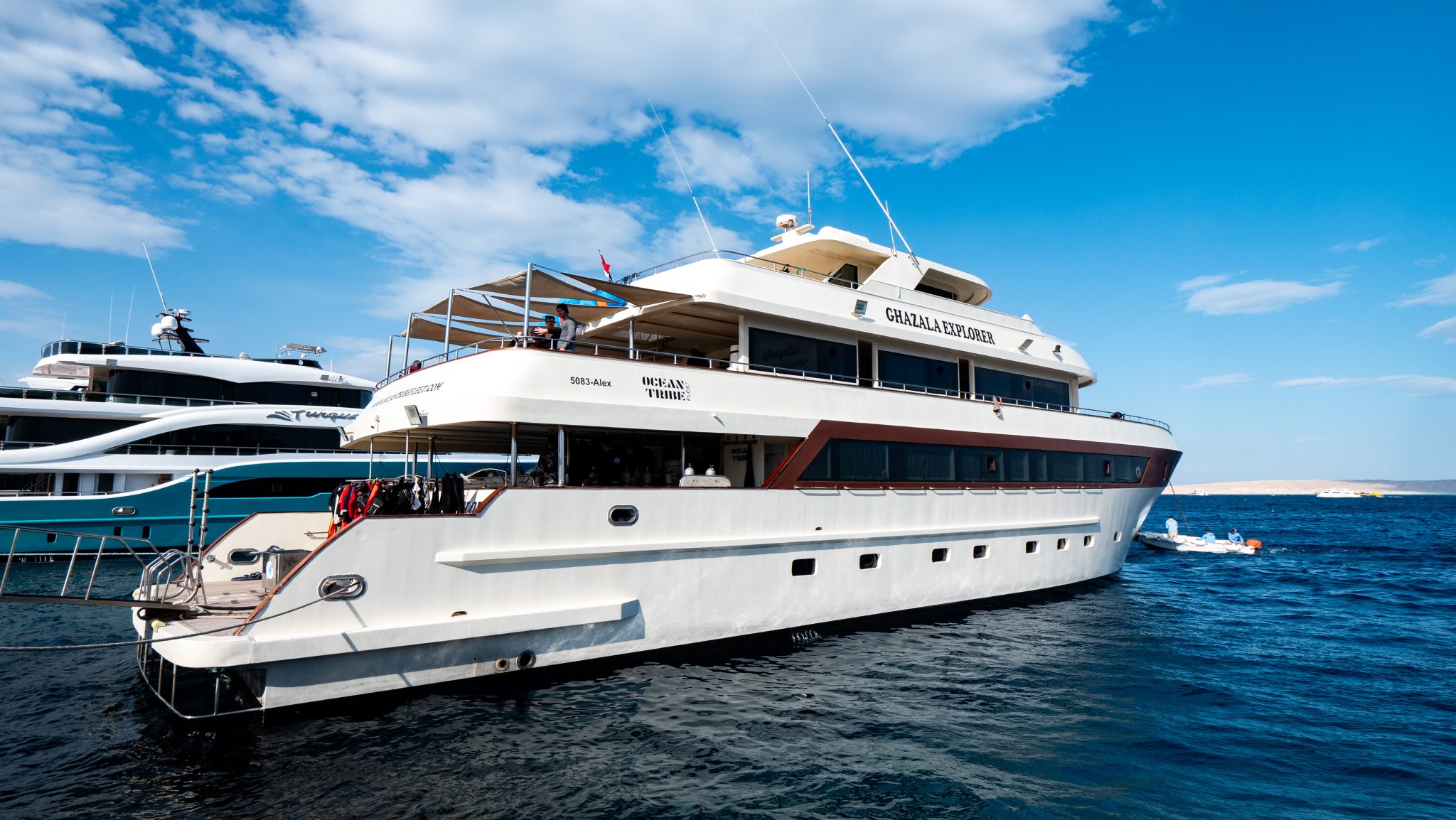
Jake Davies boards Ghazala Explorer for an unforgettable Red Sea diving experience…
The Red Sea is known for its range of dives, from bright, colourful reefs with a diverse array of reef species to world-famous wrecks scattered along its numerous atolls. The reefs and wrecks of the North Red Sea are one of the best ways to experience many of these.
Organised by dive tour operator specialist Scuba Travel, Ghazala Explorer was going to be home for the week for this exciting trip, a 37m steel-hulled vessel with top-class reviews by previous guests.
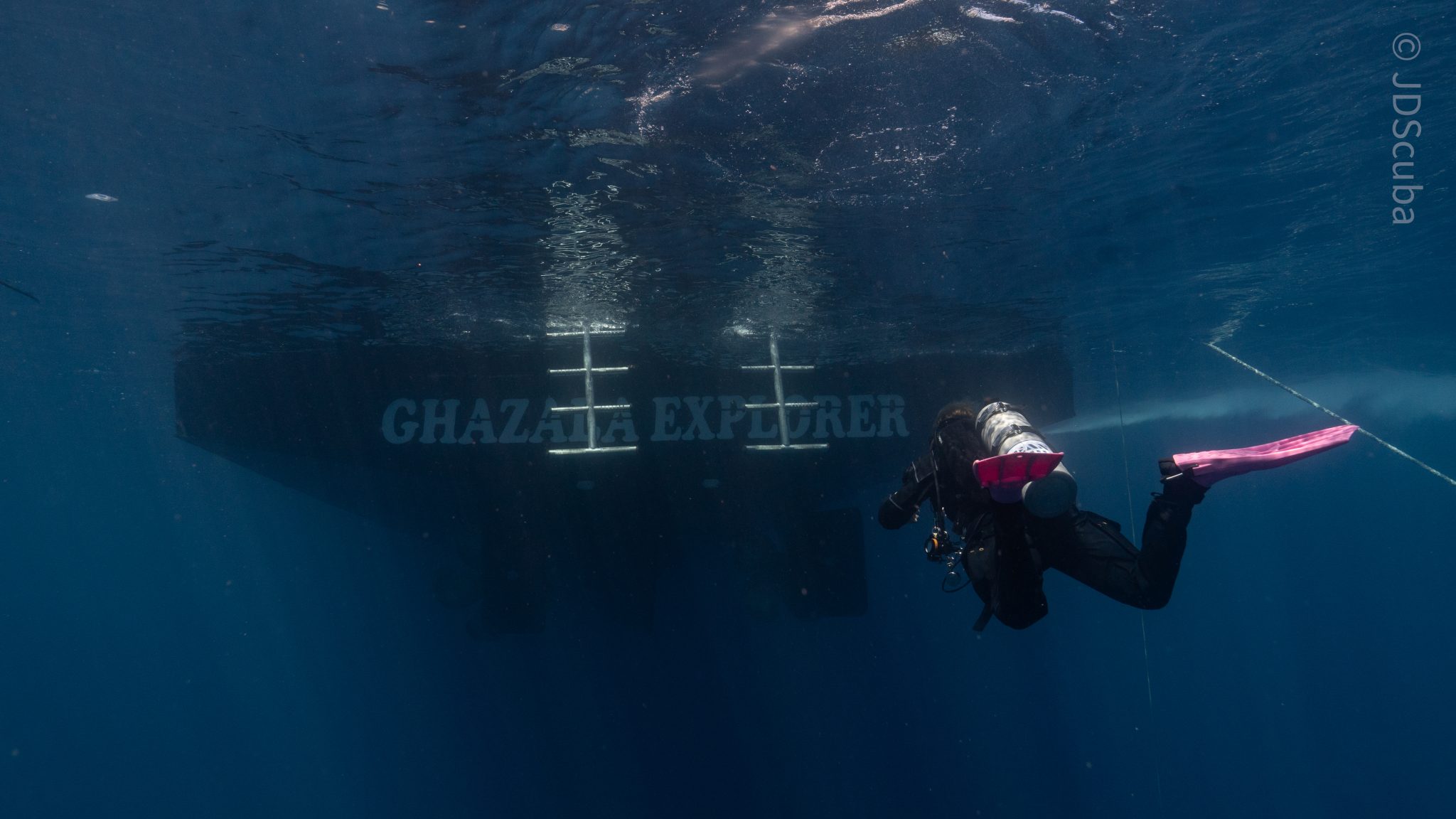
Departing from Hurghada, the plans were to head north for the first couple of days, including check dives on Global reefs, before then heading to see a few of the wrecks at Abu Nuhas reef. Then we would head across the Gulf of Suez into Ras Mohammed National Park to see what are considered to be some of the best reef dives in the Red Sea. From there, we would head to the Strait of Tiran for a day, then head back south to dive the world-famous wreck and one of the trip’s highlights: the SS Thistlegorm. This would include a night dive prior to heading back for the final day’s diving around Hurghada before heading back to port.
Arriving from Gatwick into Hurghada late in the evening, the Scuba Travel rep was waiting for arrivals ready to take us all to the Ghazala Explorer, docked in Hurghada’s New Marina. Stepping onboard, the high-quality and spacious deck spaces and interior provided an instant sense of comfort. There was a friendly welcome by the crew and guides. After some food, it was time for the boat briefing, which was detailed and covered all the important safety aspects of the vessel and procedures. The kit was then set up in the allocated spaces, and the spacious tables in the interior provided the perfect place to build up my camera ahead of the week’s trip. As soon as everything was done, it was time to head to the cabin to get some rest before an early start for a check dive.
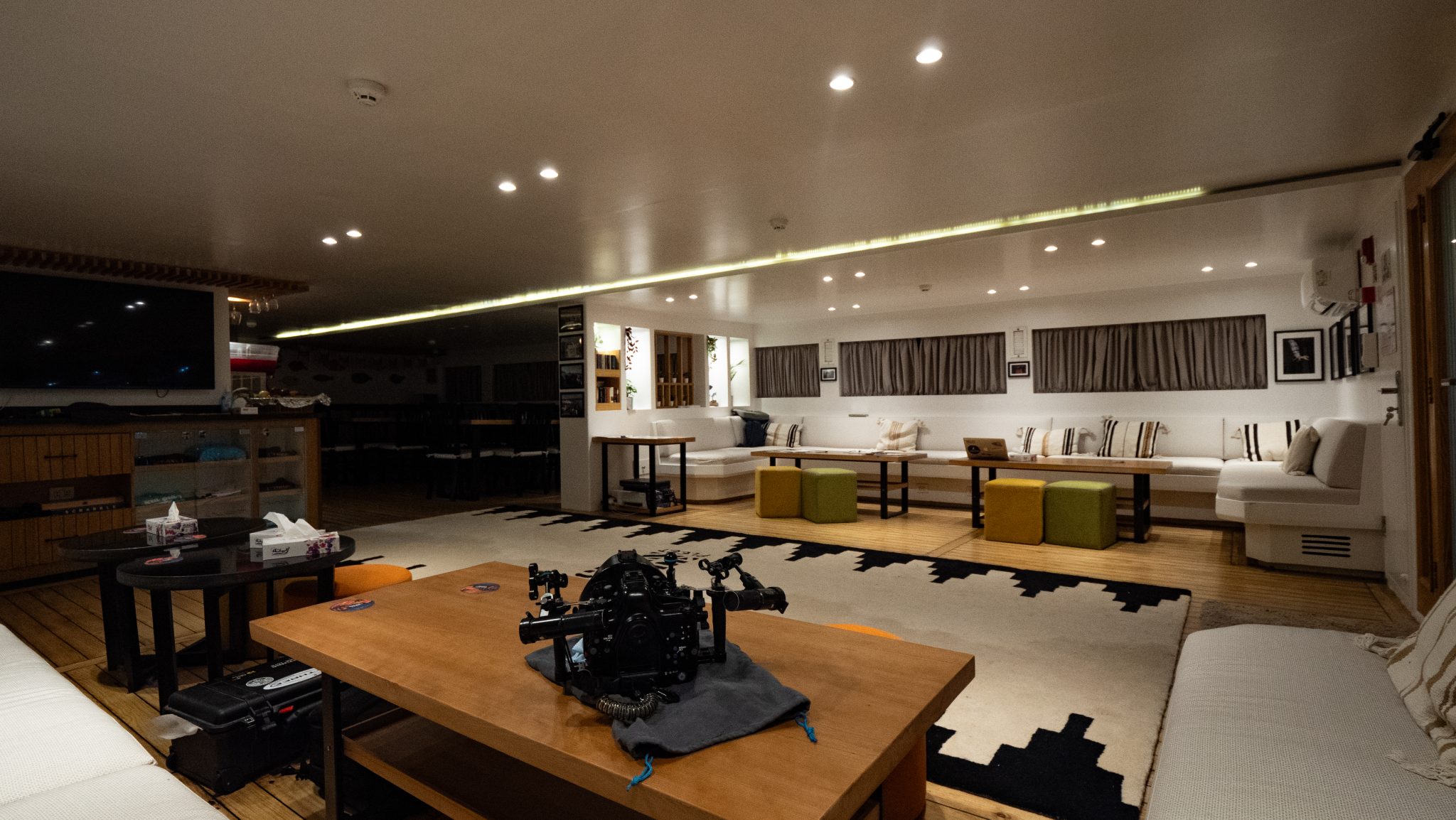
The northerly wind provided a chop, but it wasn’t felt as the steel hull of the vessel cut through each wave. By mid-morning, we were moored up at the reef at Gobal Island, sheltered from the chop on the other side. With Ahmed providing a detailed briefing, it was time to kit up and get in the water to explore some of the reefs below during the check dive. It’s always exciting to stand on the stern of the boat, looking into the clear blue water before taking a stride entry to enter the colourful coral scenery below.
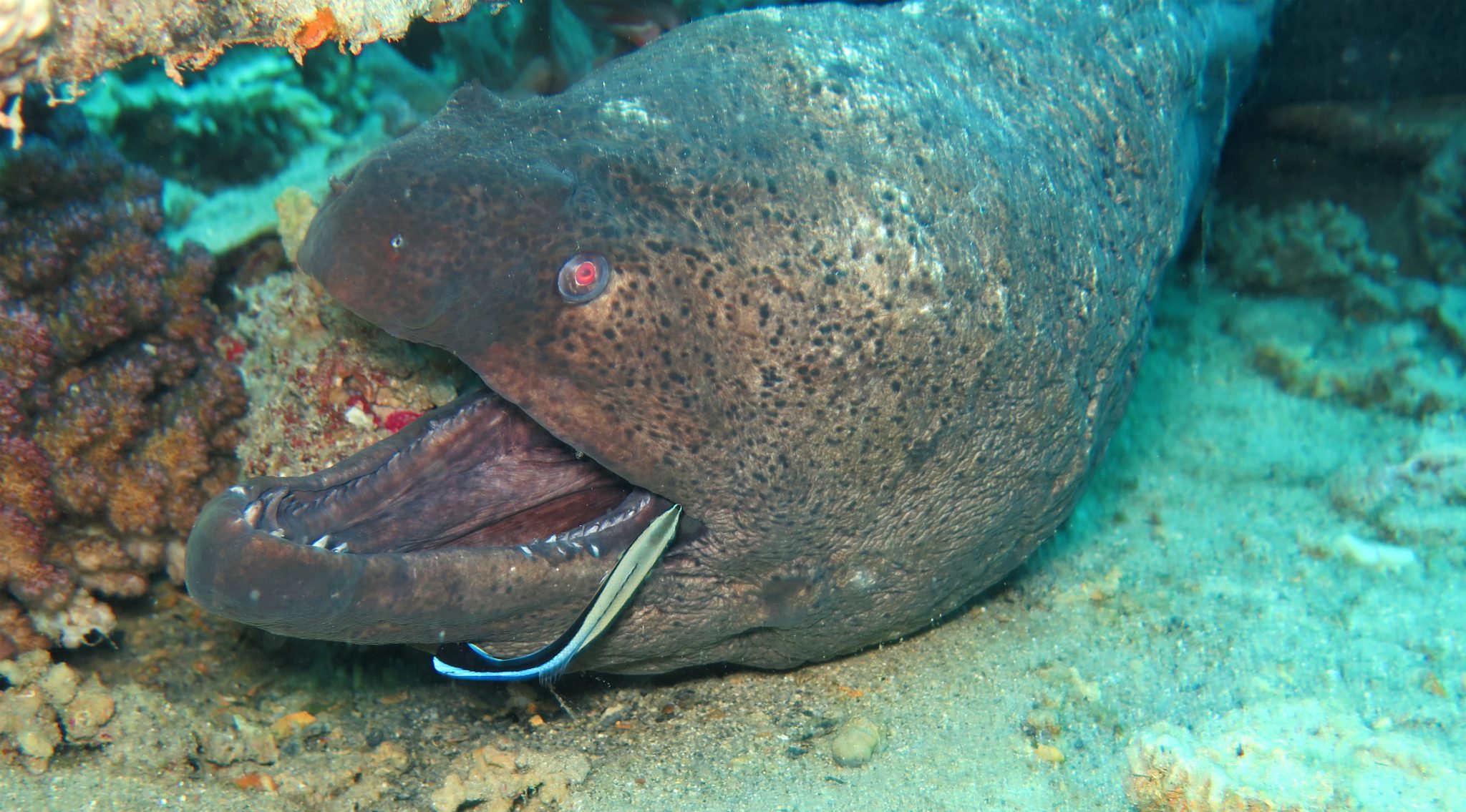
Like most of the dives on coral reefs in the Red Sea, the colours and busyness of the reefs were great to see. It was great to be back on the reefs, taking the time to watch the many species which make up the Red Sea ecosystems before picking out a few to film and photograph. The time flies by as you are constantly engaged with the surroundings, and then before I knew it, it was time to head back onboard, where everyone coming back from the water had big smiles and were full of excitement and anticipation for the rest of the week.
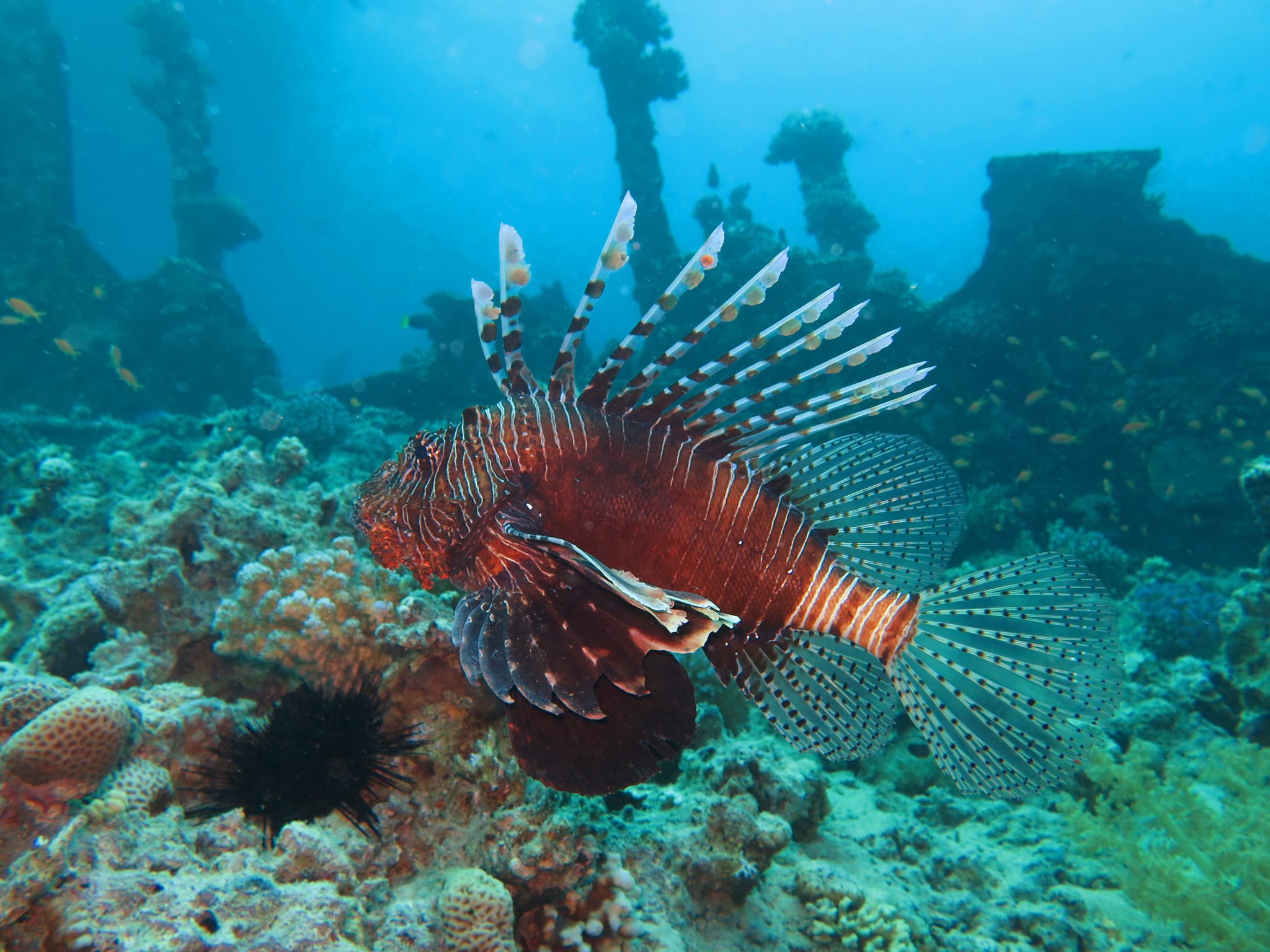
The next two dives, which included the night dive, were on the wreck of the barge, where very little remains act as an artificial reef for many species, which included a few perfectly hidden large stonefish and a crocodile fish camouflaging on the sand beneath the hull. Looking up though was the highlight of the dive, as a squad of squid could be seen mid-water, dancing around. Ascending slowly and calmly, I was able to position myself amongst the squad for the opportunity to get a few close-ups of this great species. Shortly after, the squid were then accompanied by a shoal of halfbeaks just below the surface. Everywhere was just full of life!
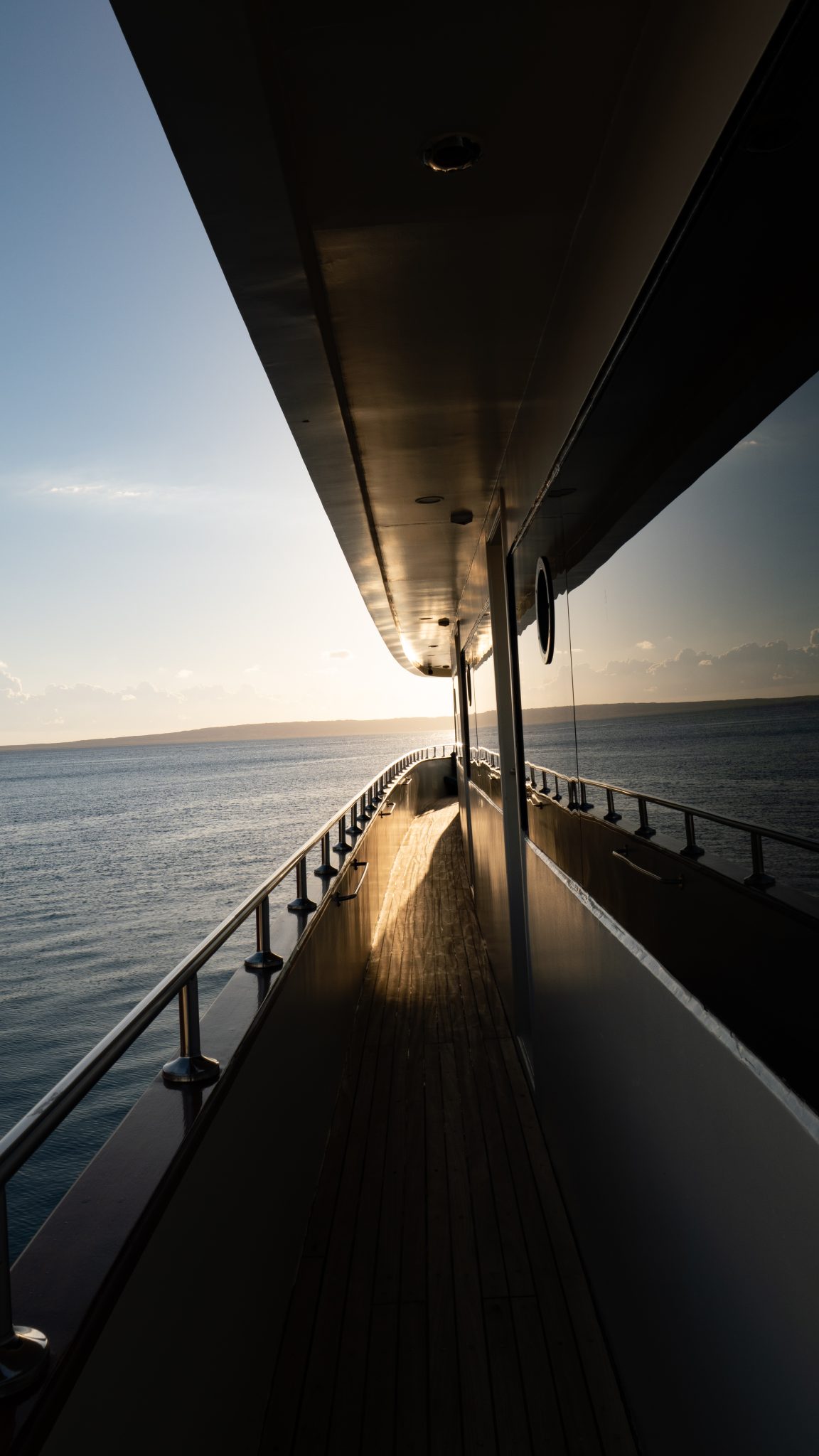
After some afternoon snacks, and as part of the safety protocols of the vessel, it was time to practice an emergency drill to put the briefings into action. The fire alarm rang, and we then had to carry out a full drill of getting the life jackets and using the closest emergency exits to then gather at the muster point on top deck where we would then have a run-through of the life rafts. The drill was great to do and I thought it was a really important part of the boat’s safety, as it was an opportunity to use the emergency exits to ensure a safe and effective evacuation, while also convening at the muster station to go through different scenarios and become familiar with some of the kit used during these emergencies.
Check in for Part 2 from Jake tomorrow!
To find out more about the Northern Red Sea reef and wrecks itineraries aboard Ghazala Explorer, or to book, contact Scuba Travel now:
Email: dive@scubatravel.com
Tel: +44 (0)1483 411590
Photos: Jake Davies / Avalon.Red
-

 News3 months ago
News3 months agoHone your underwater photography skills with Alphamarine Photography at Red Sea Diving Safari in March
-

 News2 months ago
News2 months agoCapturing Critters in Lembeh Underwater Photography Workshop 2024: Event Roundup
-

 Marine Life & Conservation Blogs2 months ago
Marine Life & Conservation Blogs2 months agoCreature Feature: Swell Sharks
-

 Blogs2 months ago
Blogs2 months agoMurex Resorts: Passport to Paradise!
-

 Blogs2 months ago
Blogs2 months agoDiver Discovering Whale Skeletons Beneath Ice Judged World’s Best Underwater Photograph
-

 Gear Reviews2 months ago
Gear Reviews2 months agoGear Review: Oceanic+ Dive Housing for iPhone
-

 Marine Life & Conservation2 months ago
Marine Life & Conservation2 months agoSave the Manatee Club launches brand new webcams at Silver Springs State Park, Florida
-

 News3 months ago
News3 months agoWorld’s Best Underwater Photographers Unveil Breathtaking Images at World Shootout 2023


